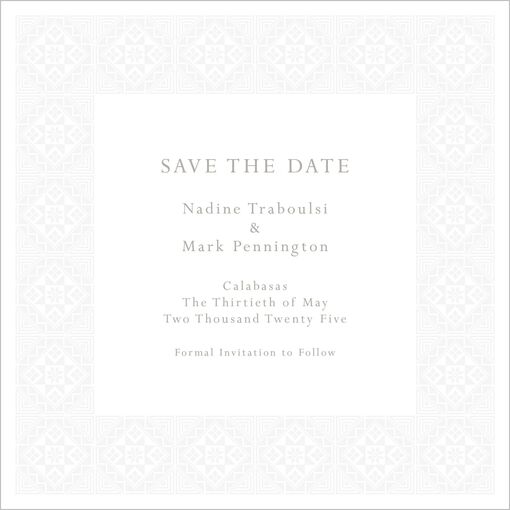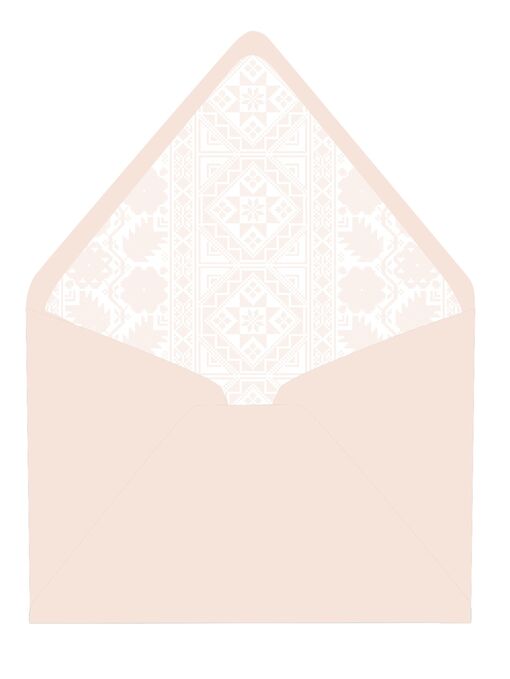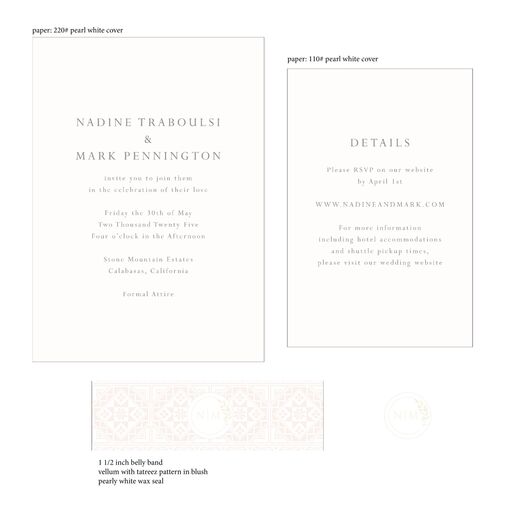

Nadine & Mark

Nadine & Mark
Tatreez
Curious about the distinctive design element featured on our Save the Dates and Wedding Invitations? It's known as Tatreez, meaning "Embroidery" in English. This significant Palestinian tradition and art form hold deep historical roots that we have decided to embrace as a gesture of solidarity with Palestine.
Tatreez is a form of cross-stitch embroidery that is more than just decorative stitching, it is a way of expressing Palestinian identity, heritage, and resistance through colorful, symbolic motifs.
Origin:
A centuries-old tradition, with roots in the Canaanite era, approximately 3,000 years ago.
Practice:
Traditionally practiced by Palestinian women, often learned from a young age and passed down through generations.
Significance:
More than just decoration, tatreez is a form of cultural expression, storytelling, and resistance.
UNESCO Recognition:
In 2021, the art of embroidery in Palestine, including its practices, skills, knowledge, and rituals, was inscribed on the UNESCO Representative List of the Intangible Cultural Heritage of Humanity.
Motifs and Meanings:
Symbolic: Motifs represent aspects of Palestinian life, culture, and history.
Examples: Animals, plants, household objects, geometric patterns, and the Palestinian flag are common motifs.
Regional Variations: Different regions of Palestine have distinct motifs and color palettes.
Resistance: During periods of occupation, tatreez became a way for Palestinians to express their identity and resist oppression, for example, by stitching the Palestinian flag onto their clothes.
"Six Branch Dress": One of the garment designs that emerged after the 1948 displacement was the "six branch dress", which was created to signal a person's economic status.
Modern Relevance:
Preservation:
Tatreez continues to be practiced and celebrated by Palestinians, both in Palestine and in the diaspora, as a way to preserve their heritage and culture.
Income Generation:
Tatreez is also an important source of income for many Palestinian women, particularly in areas where other opportunities are limited.
Educational Initiatives:
Organizations like The Tatreez Institute and Tatreez Traditions are working to preserve and promote the art of tatreez through education and research.


